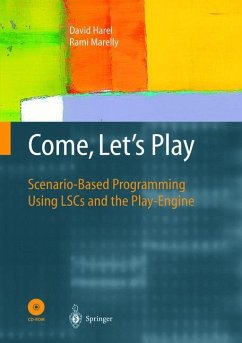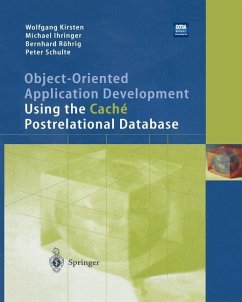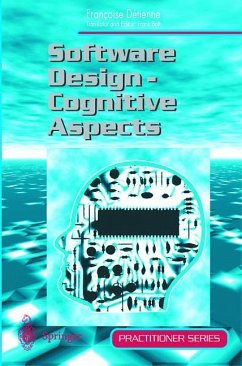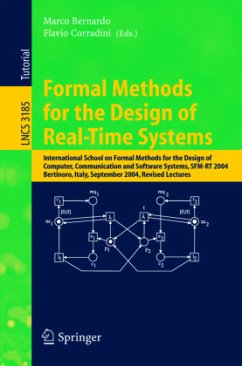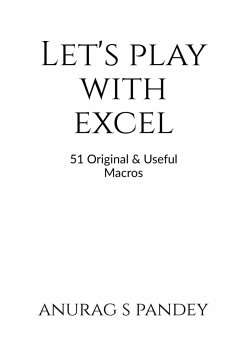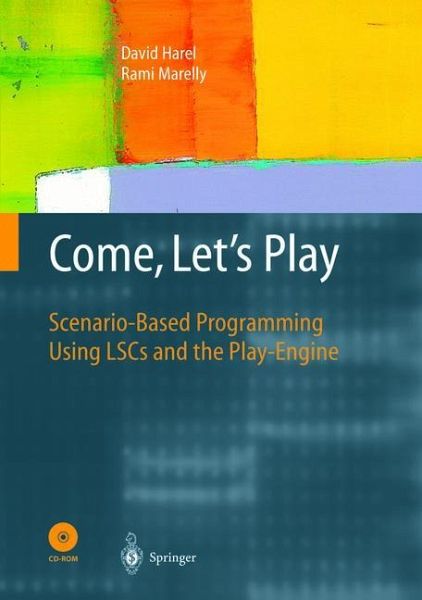
Come, Let's Play
Scenario-Based Programming Using LSCs and the Play-Engine
Versandkostenfrei!
Versandfertig in 1-2 Wochen
39,99 €
inkl. MwSt.
Weitere Ausgaben:

PAYBACK Punkte
20 °P sammeln!
This book does not tell a story. Instead, it is about stories. Or rather, in technical terms, it is about scenarios. Scenarios of system behavior. It con centrates on reactive systems, be they software or hardware, or combined computer-embedded systems, including distributed and real-time systems. We propose a different way to program such systems, centered on inter object scenario-based behavior. The book describes a language, two tech niques, and a supporting tool. The language is a rather broad extension of live sequence charts (LSCs), the original version of which was proposed in 1998 by W...
This book does not tell a story. Instead, it is about stories. Or rather, in technical terms, it is about scenarios. Scenarios of system behavior. It con centrates on reactive systems, be they software or hardware, or combined computer-embedded systems, including distributed and real-time systems. We propose a different way to program such systems, centered on inter object scenario-based behavior. The book describes a language, two tech niques, and a supporting tool. The language is a rather broad extension of live sequence charts (LSCs), the original version of which was proposed in 1998 by W. Damm and the first-listed author of this book. The first of the two techniques, called play-in, is a convenient way to 'play in' scenario based behavior directly from the system's graphical user interface (QUI). The second technique, play-out, makes it possible to execute, or 'play out', the behavior on the QUI as if it were programmed in a conventional intra object state-based fashion. All this is implemented in full in our tool, the Play-Engine. The book can be viewed as offering improvements in some ofthe phases of known system development life cycles, e.g., requirements capture and anal ysis, prototyping, and testing. However, there is a more radical way to view the book, namely, as proposing an alternative way to program reactivity, which, being based on inter-object scenarios, is a lot closer to how people think about systems and their behavior.





